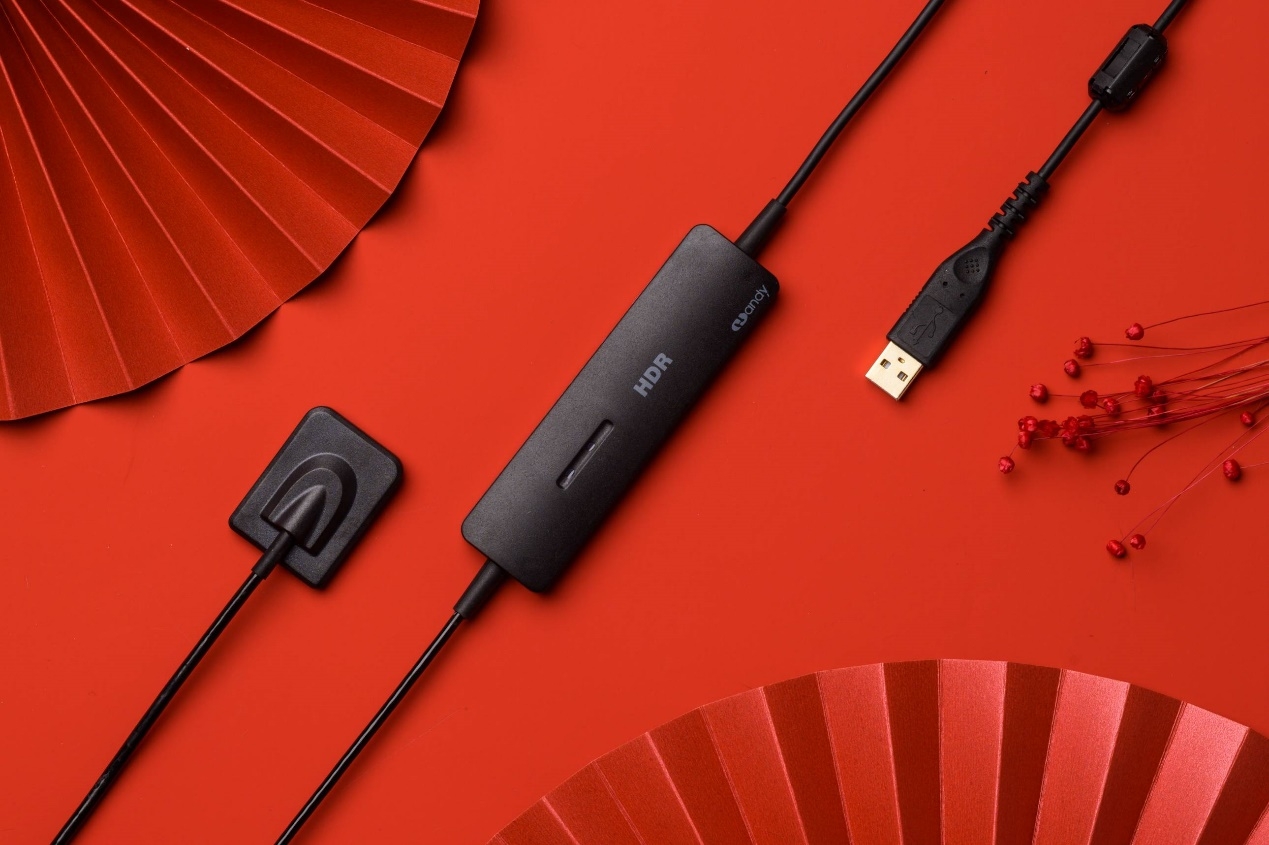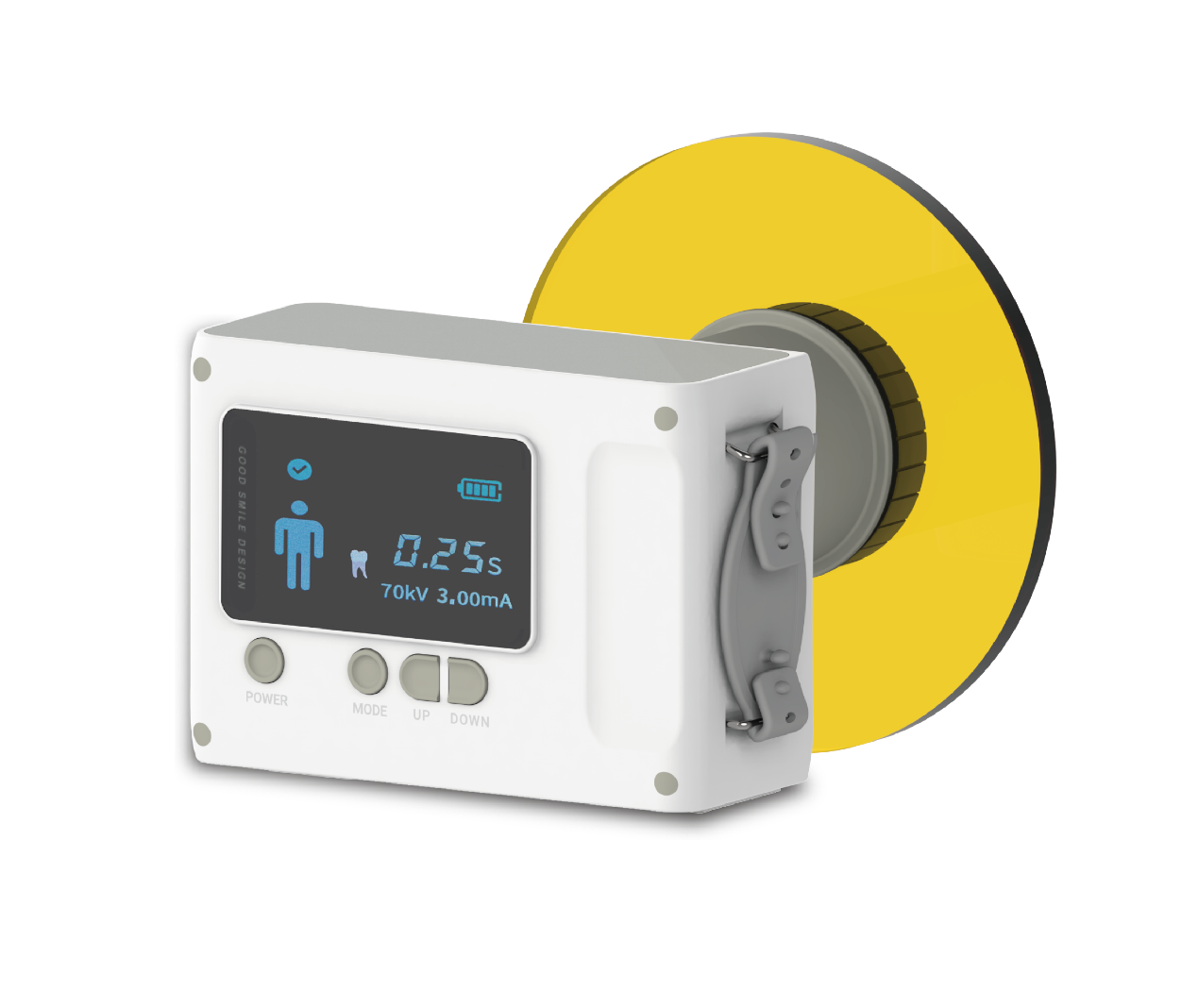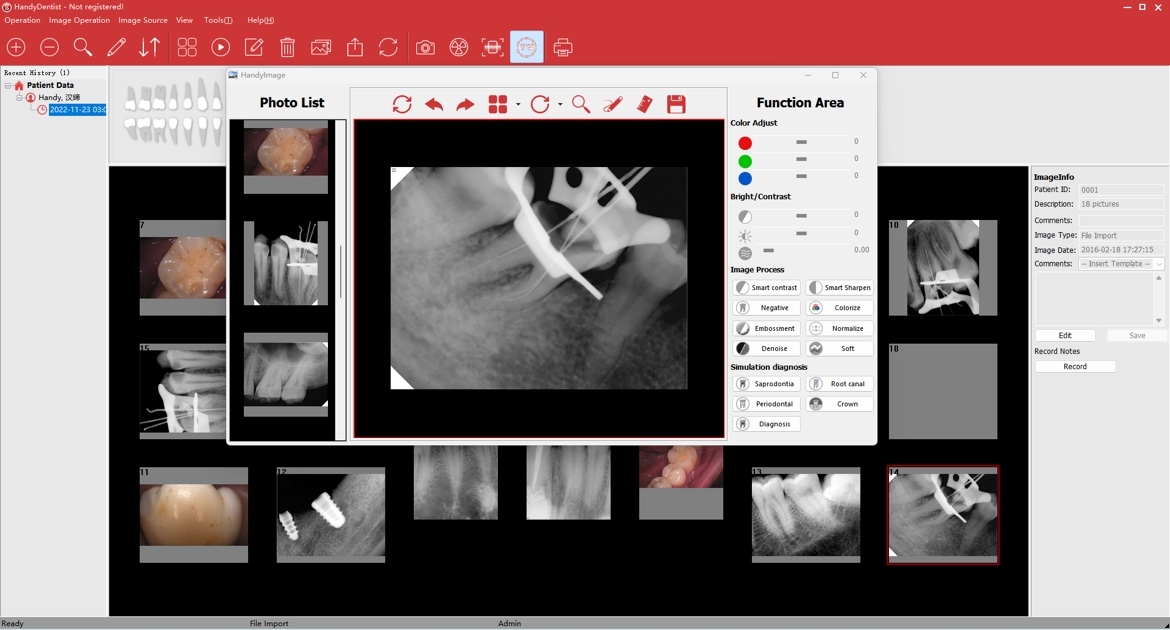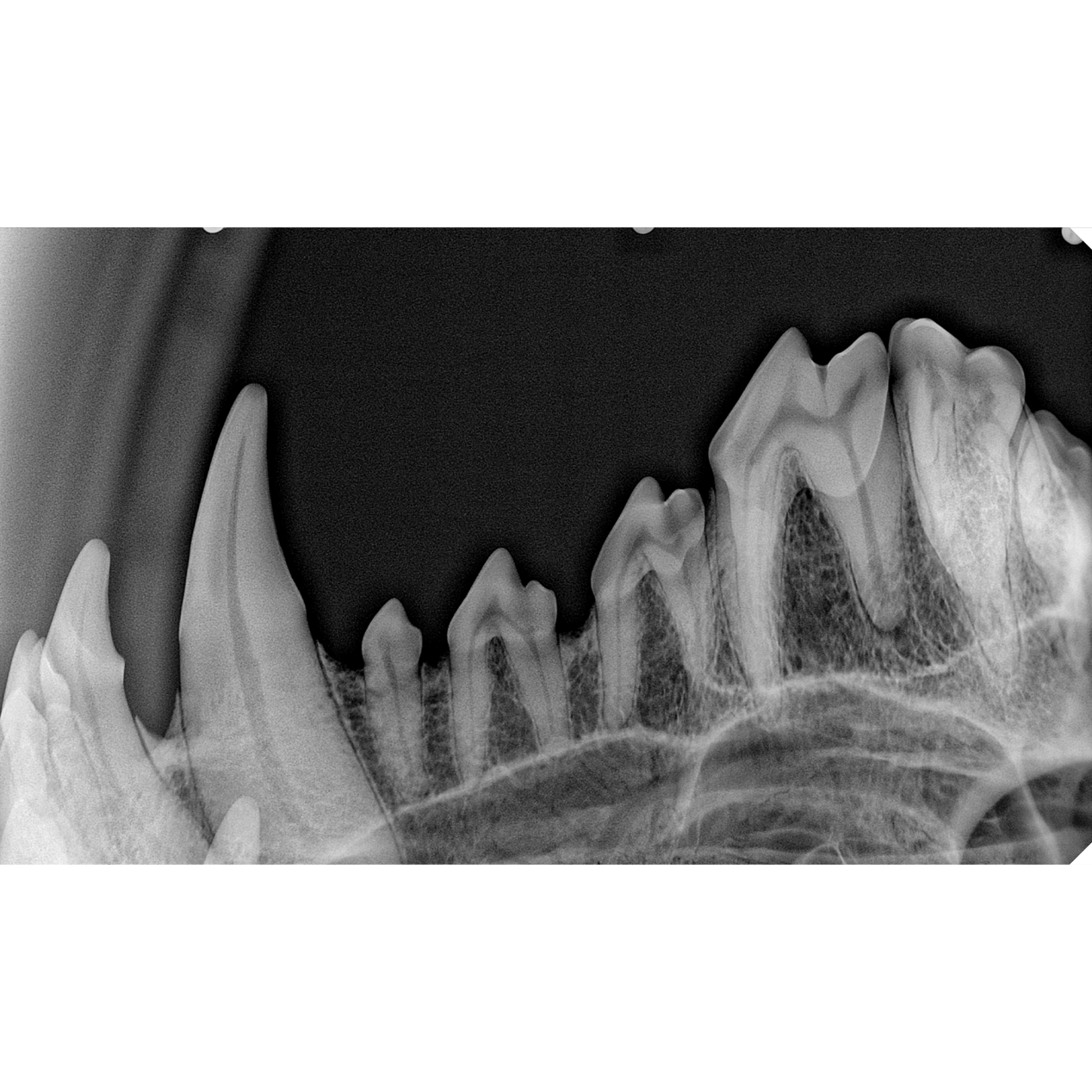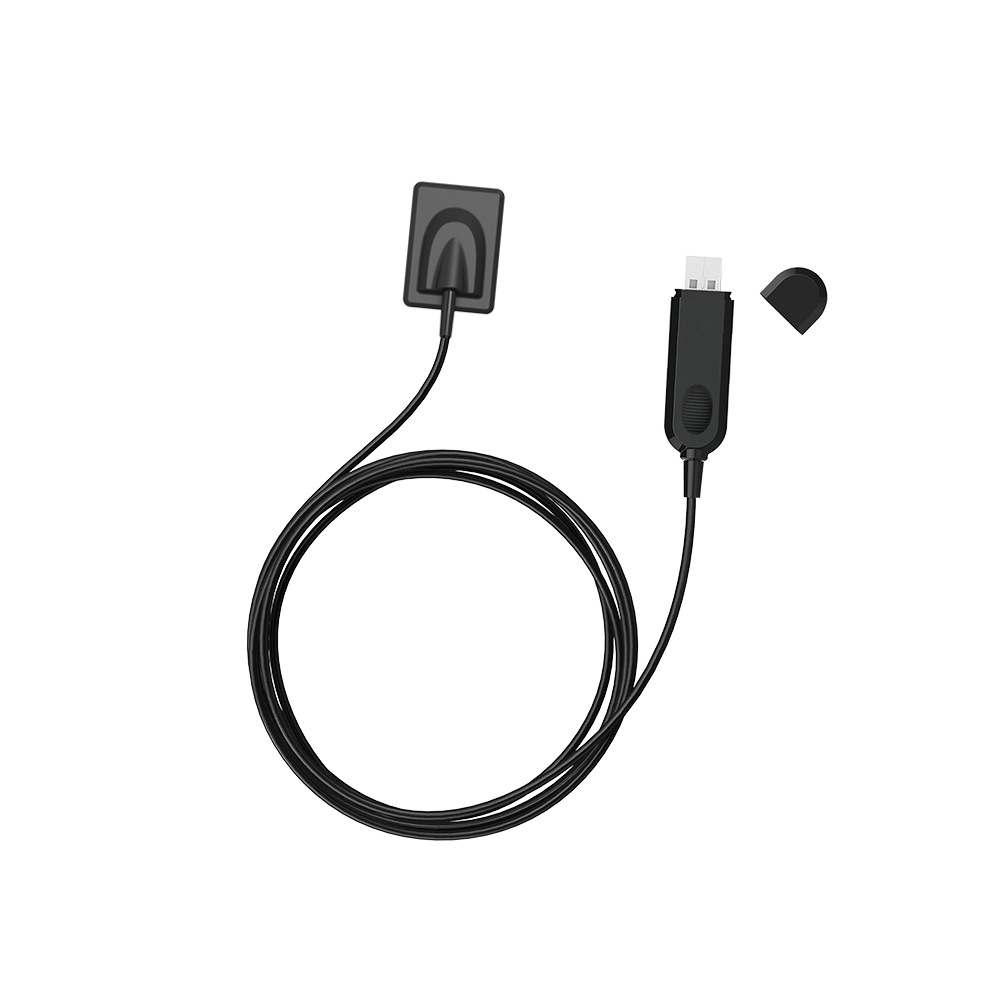Defining Digital Radiography (DR) in the Context of Modern Dentistry
Digital radiography (DR) represents a fundamental shift in dental diagnostics, replacing traditional film-based imaging with real-time digital capture. By using electronic sensors to acquire high-resolution images instantly, DR streamlines workflows, enhances diagnostic accuracy, and improves patient comfort. It has become the backbone of modern dental practice. 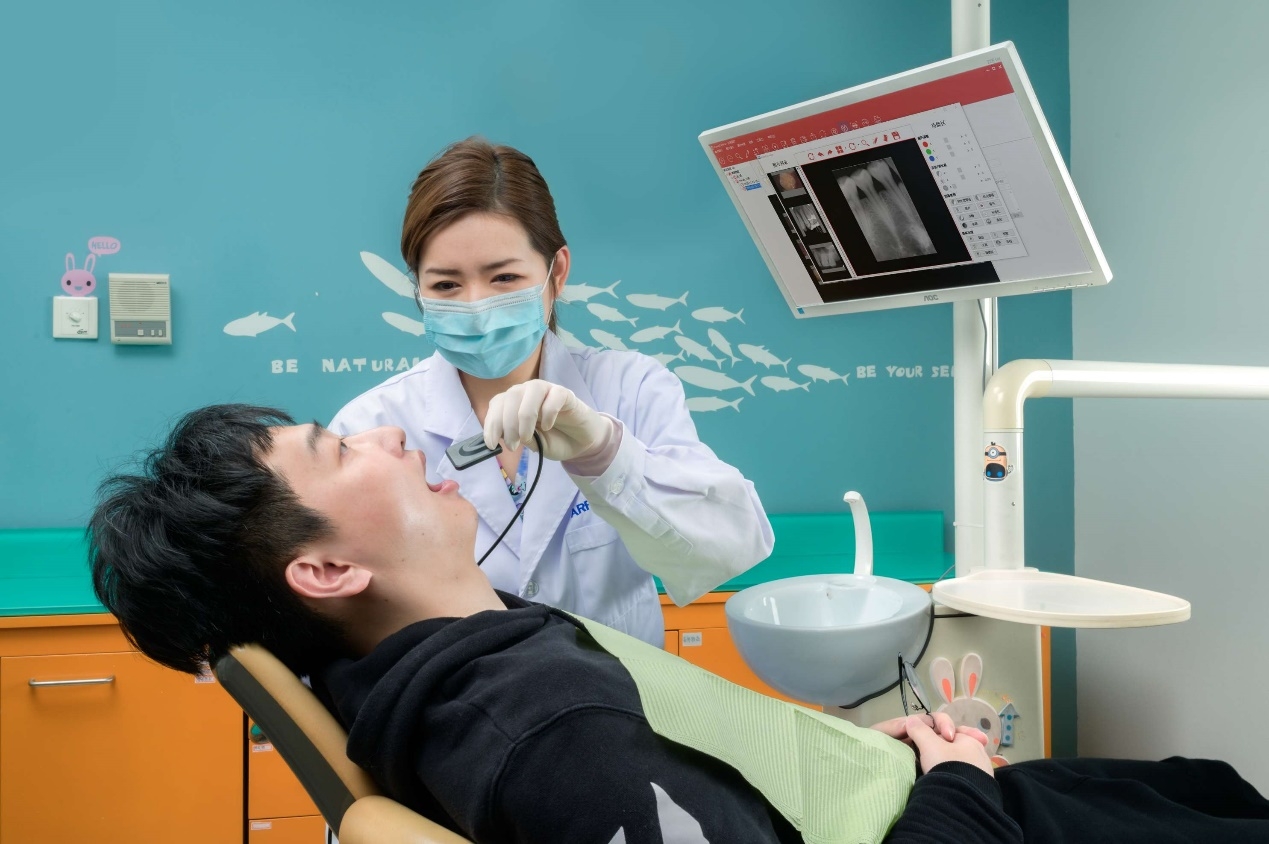
Why Understanding DR Matters for Dental Professionals and Patients
For clinicians, DR improves efficiency, reduces repeat imaging, and enhances communication with patients. For patients, it means safer procedures, quicker results, and clearer understanding of their treatment needs. A strong grasp of DR empowers dental professionals to deliver better outcomes with more confidence and control.
HDR — Handy Medical’s DR series
The Basics of Digital Radiography in Dentistry
What Is Digital Radiography and How Does It Work?
Digital radiography uses sensors to capture and convert X-ray energy into digital signals. These signals are processed and displayed as high-contrast images on a computer screen within seconds. The process eliminates chemical development, reduces waiting time, and allows for immediate feedback and re-capture if necessary.
Handy Medical’s X-ray unit (HDX-7030)
Key Components of a Dental DR System: Sensors, Software, and Imaging Units
A DR system typically includes an X-ray source, an image sensor, and specialized imaging software. The sensor, often embedded with scintillators and advanced layers, captures X-rays and initiates signal conversion. The software handles image rendering, enhancement, and storage, while the X-ray unit delivers the radiation needed for exposure—often at a lower dose than analog systems.
Handy Dentist Imaging Management Software
Types of Digital Radiography: Intraoral vs. Extraoral Imaging
Intraoral imaging focuses on small, detailed views—bitewings, periapicals, and occlusals—ideal for caries detection, root evaluation, and bone assessments. Extraoral imaging includes panoramic and cephalometric views, offering broader perspectives for surgical planning, orthodontics, and full-jaw analysis.
Crystal-Clear Diagnostics with Fiber Optic Plate Technology
Handy Medical’s HDR Series integrates thoughtfully engineered components to elevate diagnostic precision—most notably, a proprietary fiber optic plate (FOP). This layer improves dental imaging quality by calibrating light transmission and reducing noise, while also enhancing protection against radiation and bite pressure.
FOP
The FOP ensures that each signal reaching the sensor is clean and consistent, leading to sharper, more reliable images. Combined with high-sensitivity imaging and low-dose exposure, these sensors deliver excellent results—even when used with older or lower-output X-ray machines. As a result, they’re a strong choice not only for general practice, but also for chairside implant assessments, veterinary diagnostics, emergency dentistry, and more.
canine teeth
How Digital Radiography Compares to Traditional X-Rays
Speed, Safety, and Clarity: The Digital Advantage
DR systems provide nearly instantaneous image capture. With no need for film or processing chemicals, clinicians save time and increase throughput. Digital images can also be enhanced, zoomed, or annotated, improving diagnostic precision and case communication.
Reduced Radiation Exposure: A Safer Choice for Patients
Compared to traditional X-ray systems, DR reduces radiation exposure by up to 80%, particularly when paired with high-sensitivity sensors. This makes DR ideal for pediatric patients, frequent imaging, and safety-conscious practices.
Environmental and Operational Benefits Over Film-Based Systems
DR eliminates the need for chemical developers and darkrooms, minimizing hazardous waste and operational overhead. Digital image storage also improves recordkeeping, speeds up insurance claims, and supports teleconsultation and cloud workflows.
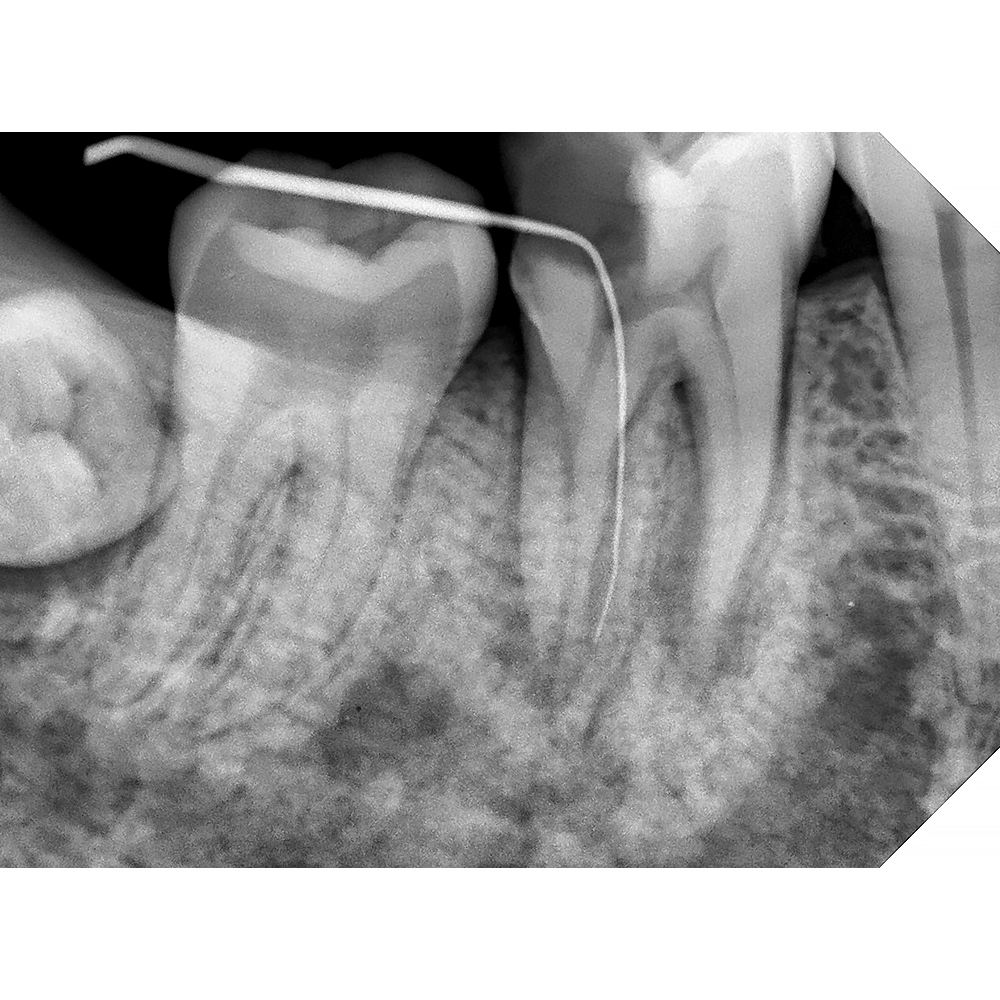
Lower molars
Industry-Leading Durability for Clinical Demands
HDR Series sensors are built to endure intensive daily use. Each sensor undergoes rigorous testing—withstanding 300g of pressure, ±90° flexion at 20 cycles per minute, and over 1 million bend cycles. That translates to up to 27 years of reliable performance under typical clinical loads.
This exceptional longevity makes them a durable dental sensor investment that pays off long term—reducing replacement cycles, maintenance interruptions, and overall costs. Whether used in general practice, high-traffic clinics, or veterinary settings, HDR sensors are designed for stability and consistency.
Enhanced Imaging with Specialized Sensor Sizes
Handy Medical’s HDR Series—its digital radiography line—offers multiple sensor sizes tailored to clinical realities:
- Size 1.3 dental sensors feature a 22.5 x 30 mm active area, matching the average molar length and capturing full anatomy often missed by standard size 1 sensors.
- Size 2 sensors provide broader coverage for adults and full-arch views.
- Size 1.5 sensors, like the HDR-380, strike a balance between comfort and range.
Product Parameters
Sensors such as the HDR-500 and HDR-600 include control boxes and use GOS scintillators. Models like HDR-360, HDR-460, and HDR-380 adopt a streamlined, control-box-free design and incorporate CsI scintillator sensors, which offer better image sharpness due to their columnar crystal structure.
The Future of Digital Radiography in Dentistry
AI-Powered Diagnostic Support
Artificial intelligence is beginning to complement DR systems, offering automated anomaly detection, improved image analysis, and even preliminary diagnosis suggestions. This boosts diagnostic confidence and reduces interpretation time.
Wireless and Portable DR Solutions
Portability and wireless capability are increasingly vital—especially for mobile clinics, home visits, and emergency dentistry. These innovations offer flexibility without compromising resolution or reliability.
Global Trends and Regulation
Adoption of DR is accelerating worldwide. Regulatory bodies are encouraging digital imaging to reduce radiation exposure and streamline data compliance. Ensuring that equipment aligns with standards like FDA, CE, and CFDA helps future-proof your clinic’s operations.
Conclusion
The Case for Digital Radiography in Dentistry
Digital radiography is not just a modern convenience—it’s a clinical advantage. With faster imaging, lower radiation, sharper visuals, and reduced operational burdens, it redefines what’s possible in diagnostic dentistry.
Why HDR Sensors from Handy Medical Stand Out
By integrating exclusive technology like the fiber optic plate, long-lasting construction, and intelligent sensor design, Handy Medical’s HDR Series sets a high standard. Whether in general dentistry, specialist care, or veterinary applications, DR systems like these empower dental teams to diagnose with clarity and treat with confidence.
Post time: Mar-29-2025


